Home>Garden Essentials>How Much Grass Seed Per Square Foot
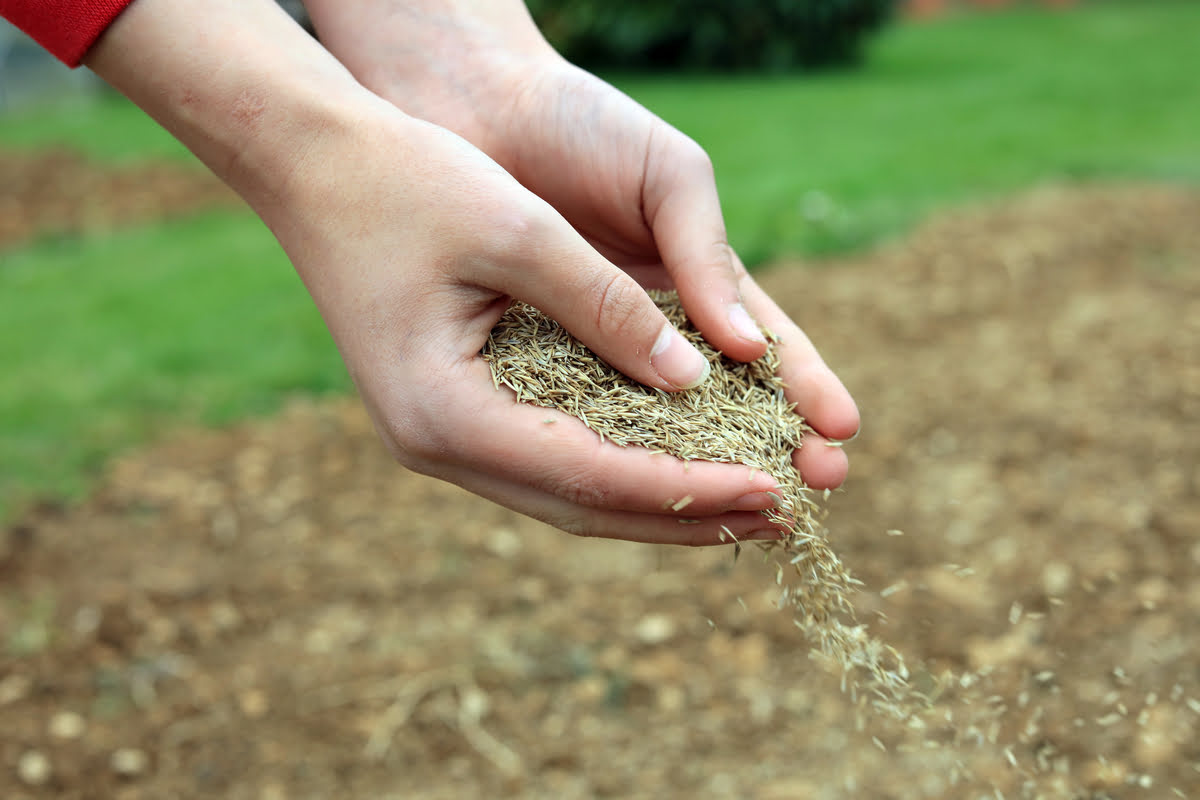

Garden Essentials
How Much Grass Seed Per Square Foot
Modified: March 15, 2024
Discover the right amount of grass seed per square foot for your garden. Learn how to achieve a lush and healthy lawn with our expert tips and recommendations.
(Many of the links in this article redirect to a specific reviewed product. Your purchase of these products through affiliate links helps to generate commission for Storables.com, at no extra cost. Learn more)
Introduction
Welcome to the wonderful world of gardening! If you’re new to the world of lawn care, chances are you’ve heard the term “grass seed” thrown around. Whether you’re looking to establish a new lawn or trying to fill in bare patches, understanding how much grass seed to use per square foot is crucial for achieving the lush, green lawn of your dreams.
So, how do you determine the correct amount of grass seed to use? In this article, we’ll delve into the factors to consider, calculations to make, and best practices to ensure even distribution of grass seed. By the end, you’ll be equipped with the knowledge to confidently sow your grass seed and turn your lawn into a vibrant oasis of green.
But before we get into the nitty-gritty details, let’s take a moment to understand why grass seed coverage is important. By using the appropriate amount of grass seed per square foot, you can ensure that each seed has enough space to germinate and develop into a healthy plant. Using too little seed can result in patchy sections, while using too much can lead to overcrowding and competition for resources.
Now that we understand the importance of grass seed coverage, let’s explore the factors you need to consider before determining the amount of grass seed per square foot.
Key Takeaways:
- Calculate the right amount of grass seed per square foot by considering factors like grass type, existing lawn conditions, and sunlight exposure. Use a seed spreader and follow best practices for even distribution.
- When over-seeding, use about half of the recommended seeding rate per square foot. Adjust the amount based on lawn condition and follow proper preparation and care techniques for successful rejuvenation.
Understanding grass seed coverage
Before we dive into the specifics of calculating the amount of grass seed per square foot, let’s take a moment to understand the concept of grass seed coverage. Grass seed coverage refers to the number of seeds distributed over a given area.
The recommended grass seed coverage can vary depending on the type of grass seed you’re using and the specific requirements of your lawn. Different grass varieties have different growth habits and optimal seed spacing, so it’s important to research and select the right type of grass for your needs.
In general, most cool-season grasses require a grass seed coverage of about 15 to 20 seeds per square inch. Warm-season grasses, on the other hand, often have larger seeds and require lower coverage rates, typically around 8 to 10 seeds per square inch.
It’s important to note that grass seed coverage is measured in terms of seeds per square inch, rather than seeds per square foot. This is because seeds need to be evenly distributed over the entire area to ensure consistent growth and a uniform appearance.
Now that we have a basic understanding of grass seed coverage, let’s explore the factors you should consider before determining the amount of grass seed per square foot for your lawn.
Factors to consider before determining the amount of grass seed per square foot
Calculating the right amount of grass seed per square foot requires taking into consideration several factors. Understanding these factors will help you make an informed decision and ensure successful germination and growth of your lawn. Let’s explore these factors in detail:
- Grass type: The type of grass you choose for your lawn plays a crucial role in determining the amount of seed needed. Different grass varieties have different seed sizes and growth habits. Cool-season grasses, such as Kentucky bluegrass and perennial ryegrass, typically require higher seeding rates than warm-season grasses like Bermuda grass or Zoysia grass.
- Existing lawn conditions: If you’re overseeding an existing lawn or filling in bare spots, you need to consider the condition of the existing grass. Spots with thin or damaged grass will require more seed compared to areas with denser grass cover.
- Soil quality: The quality of your soil can also impact the amount of grass seed required. Poor or compacted soil may hinder seed germination, so you may need to increase the seeding rate to compensate for potential losses.
- Sunlight exposure: The amount of sunlight your lawn receives is an important factor to consider. Shade-tolerant grass varieties may require less seed compared to those that thrive in full sun. Take note of any areas of your lawn that are heavily shaded or receive limited sunlight, and adjust the seed amount accordingly.
- Climate and region: The climate and region you’re in can influence the success of your grass seed. Some grass types are better suited for colder climates, while others thrive in warmer regions. Research the grass varieties suitable for your specific climate and adjust the seeding rate accordingly.
- Desired time frame for establishment: If you’re looking to establish a new lawn quickly, you may need to increase the seeding rate to achieve faster coverage and density. However, keep in mind that higher seeding rates can increase competition for resources, so proper watering and fertilization will be crucial.
By considering these factors, you’ll be better equipped to determine the appropriate amount of grass seed per square foot for your lawn. In the next section, we’ll delve into the calculations involved in determining the recommended grass seed amount.
Calculating the recommended grass seed amount per square foot
When it comes to calculating the recommended amount of grass seed per square foot, there are a few steps you can follow to ensure accurate and even distribution. Let’s walk through the process:
- Determine the recommended seeding rate: The seeding rate refers to the number of seeds per unit area. This information can typically be found on the grass seed packaging or obtained from a reputable source. For example, if the recommended seeding rate is 15 seeds per square inch, you can calculate the seeding rate per square foot by multiplying this number by 144 (since there are 12 inches in a foot).
- Measure your lawn area: Before you can calculate the amount of grass seed needed, you need to determine the total area of your lawn in square feet. Measure the length and width of your lawn using a measuring tape and multiply these values together to get the total square footage.
- Calculate the seed amount: To calculate the amount of grass seed required, multiply the seeding rate per square foot by the total square footage of your lawn. This will give you the total number of seeds needed for your lawn.
- Adjust for overseeding: If you’re overseeding an existing lawn, you can reduce the amount of grass seed needed. Generally, overseeding requires about half of the recommended seeding rate. Multiply the adjusted seeding rate by the total square footage to determine the amount of seed needed for overseeding.
It’s important to note that these calculations provide a general guideline for determining the recommended grass seed amount. Factors like grass type, soil conditions, and personal preferences can impact the final seeding rate. It’s always a good idea to consult with local lawn care professionals or extension offices for specific recommendations tailored to your region.
Now that you have the recommended grass seed amount per square foot, let’s look at some best practices for distributing the seed evenly.
For a new lawn, sow 16 seeds per square inch, or about 2-3 pounds of grass seed per 1,000 square feet. For overseeding, use half that amount.
Best practices for distributing grass seed evenly
Even distribution of grass seed is crucial for achieving a uniform and healthy lawn. Here are some best practices to ensure the even distribution of grass seed:
- Use a quality seed spreader: A seed spreader can help distribute the seed evenly over your lawn. Choose a spreader that suits the size of your lawn and follow the manufacturer’s instructions for calibration.
- Divide your lawn into sections: To ensure consistent coverage, divide your lawn into smaller sections and distribute the seed in a systematic pattern. This will help you keep track of which areas have been seeded and avoid over- or under-seeding certain spots.
- Apply half the seed in one direction: Spread half of the grass seed in one direction, such as north to south. Then, apply the remaining half in a perpendicular direction, such as east to west. This crisscross pattern helps ensure even distribution and prevents missed spots.
- Pay attention to edges and corners: It’s easy to overlook edges and corners when distributing seed. Be sure to pay special attention to these areas and make sure they receive an adequate amount of seed.
- Consider hand seeding for small areas: If you have small patches or hard-to-reach areas, hand seeding can be an effective method. Use your hand or a handheld spreader to evenly distribute the seed in these specific areas.
- Keep the seed moist: After seeding, it’s important to keep the seed moist for successful germination. Follow watering recommendations for the specific grass type you’re growing. Proper watering will promote even germination and prevent the seeds from drying out.
- Maintain consistent care: Once the seed has germinated, continue to provide proper care in terms of watering, fertilizing, and mowing. This will promote healthy growth and help the newly seeded areas blend seamlessly with the rest of your lawn.
By following these best practices, you’ll ensure that your grass seed is evenly distributed, giving each seed the best chance to germinate and thrive. Now let’s move on to the topic of over-seeding and its impact on the amount of grass seed per square foot.
Read more: How Much Is Trex Decking Per Foot
Over-seeding and its impact on the amount of grass seed per square foot
Over-seeding is a technique used to fill in bare spots, improve the density of an existing lawn, or introduce new grass varieties. When it comes to over-seeding, the amount of grass seed per square foot can be adjusted compared to establishing a new lawn from scratch. Here’s what you need to know about over-seeding and its impact on seed requirements:
1. Reduced seed amount: Over-seeding typically requires less grass seed per square foot compared to establishing a new lawn. Since there is existing grass present, the goal is to introduce new seeds to fill in sparse areas rather than starting from bare soil.
2. Half of the recommended seeding rate: As a general rule of thumb, it’s recommended to use approximately half of the recommended seeding rate per square foot for over-seeding. This adjusted rate allows for sufficient seed coverage while minimizing competition between the existing grass and the new seedlings.
3. Spot seeding for bare patches: For small bare spots or patches, spot seeding can be an effective approach. Use your hand or a handheld spreader to distribute a concentrated amount of seed directly onto the bare areas. This targeted approach reduces the amount of seed needed while promoting growth in specific areas.
4. Adjustments based on lawn condition: The amount of seed required for over-seeding can also depend on the condition of your lawn. If there are larger areas with thin grass coverage, you may need to increase the seed amount slightly to ensure proper fill-in and density.
5. Proper preparation and care: Over-seeding is more successful when accompanied by proper lawn preparation and care. Take the time to dethatch and aerate the lawn before over-seeding to create favorable conditions for seed germination. Follow watering and fertilization recommendations to facilitate healthy growth and establishment of the new grass seedlings.
By adjusting the amount of grass seed per square foot and following appropriate over-seeding techniques, you can effectively rejuvenate and enhance your existing lawn. With proper care and maintenance, the newly seeded areas will blend seamlessly with the rest of your lawn, resulting in a more vibrant and lush landscape.
Now that you have a better understanding of over-seeding, let’s conclude our exploration with a summary.
Conclusion
Determining the right amount of grass seed per square foot is essential for achieving a healthy and beautiful lawn. By considering factors such as grass type, existing lawn conditions, soil quality, sunlight exposure, climate, and desired time frame for establishment, you can calculate the recommended grass seed amount with greater accuracy.
Using a seed spreader and dividing your lawn into sections will help ensure even distribution of the grass seed. Applying the seed in a crisscross pattern and paying attention to edges and corners will prevent missed spots and promote uniform growth. Additionally, adjusting the seed amount for over-seeding and following best practices for rejuvenating existing lawns can help fill in bare patches and improve the overall density of your lawn.
Remember to keep the seeded areas consistently moist, maintain proper care, and follow recommended watering and fertilization practices for optimal germination and growth. Regular monitoring and ongoing maintenance will ensure a successful and thriving lawn.
Now that you have a comprehensive understanding of grass seed coverage and the factors to consider when determining the amount of grass seed per square foot, you’re equipped to confidently sow your lawn and watch it transform into a lush and vibrant oasis.
So go ahead, grab your grass seed, and get ready to enjoy the rewards of a beautifully landscaped lawn that will be the envy of your neighbors!
Frequently Asked Questions about How Much Grass Seed Per Square Foot
Was this page helpful?
At Storables.com, we guarantee accurate and reliable information. Our content, validated by Expert Board Contributors, is crafted following stringent Editorial Policies. We're committed to providing you with well-researched, expert-backed insights for all your informational needs.
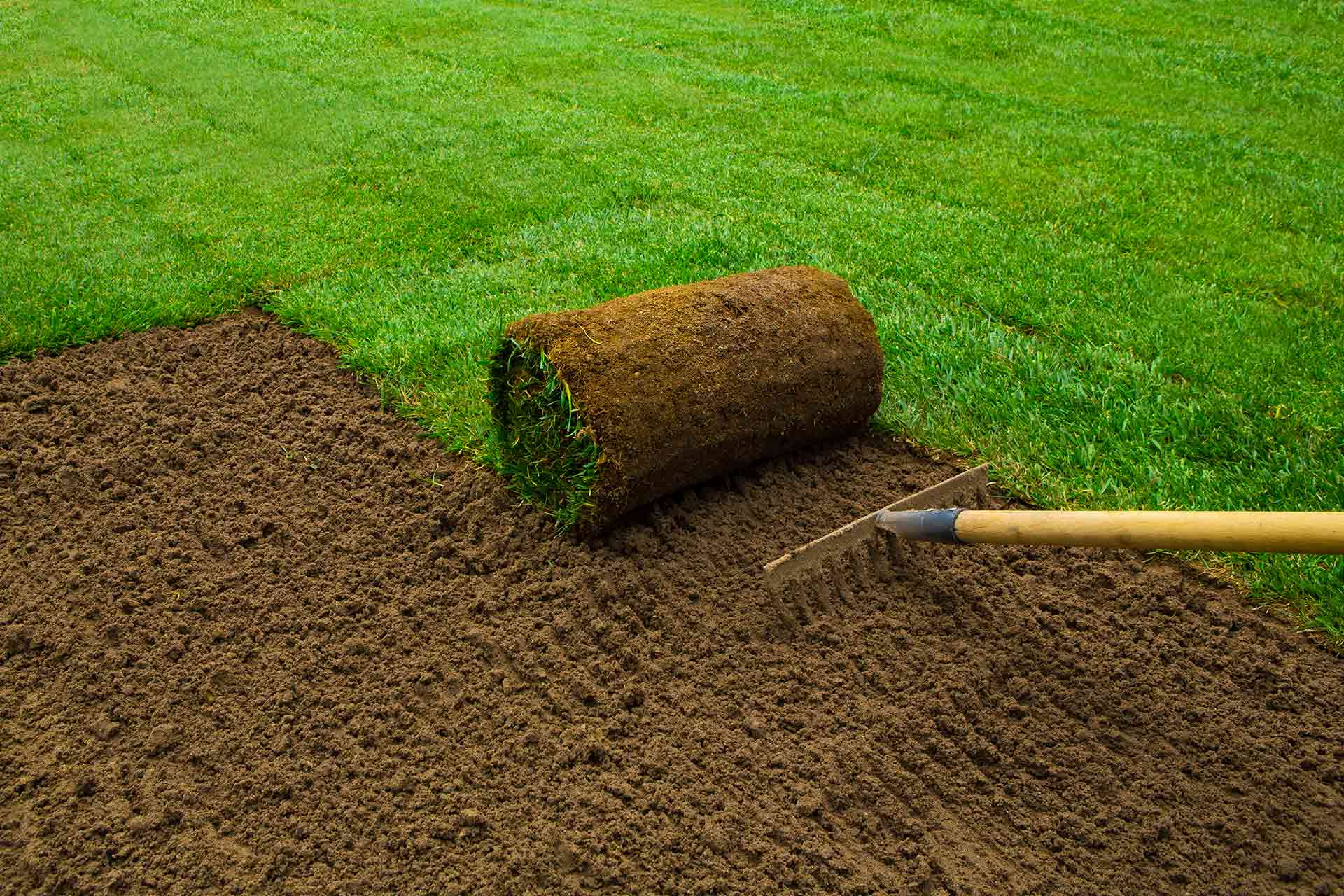

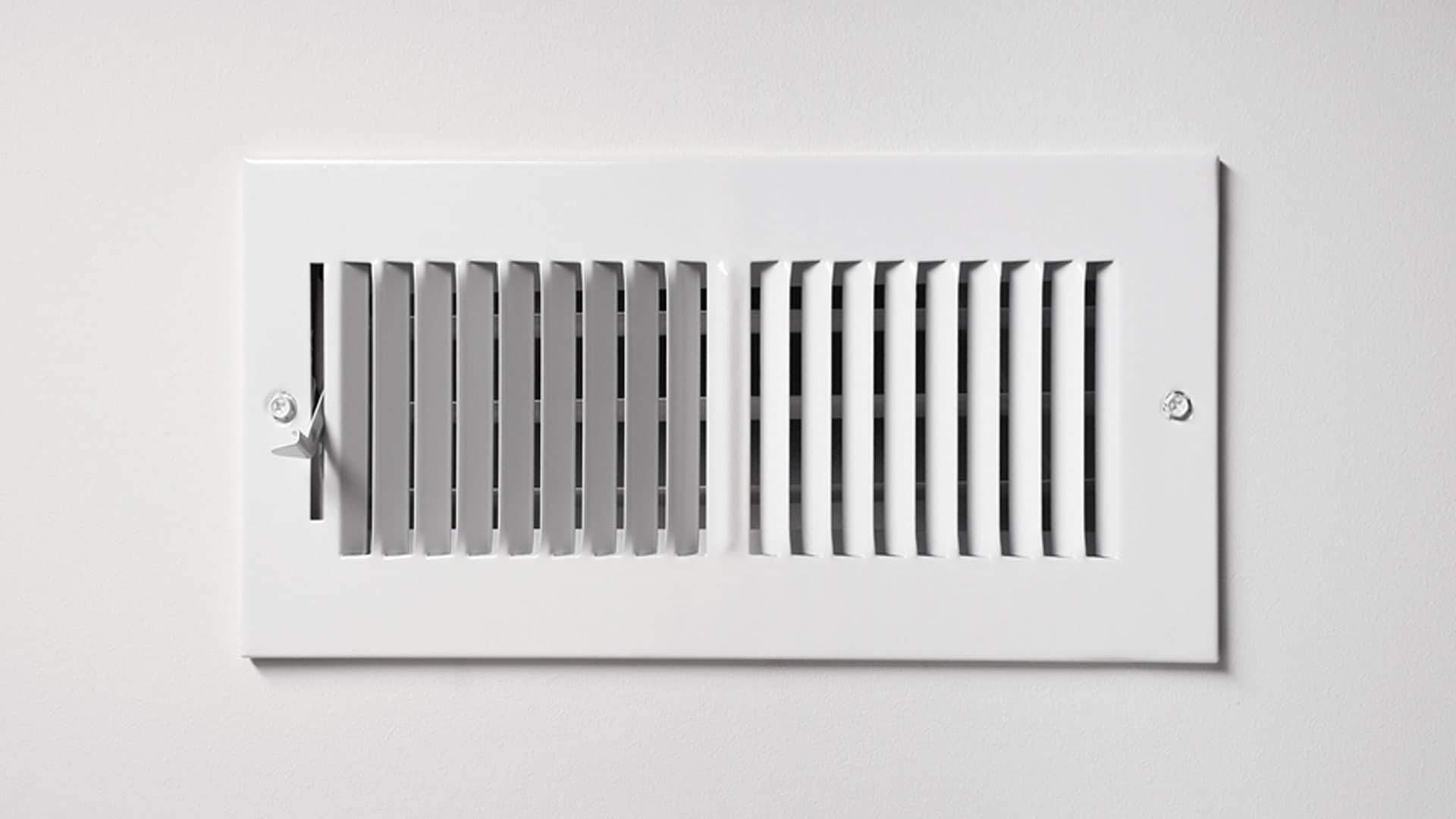
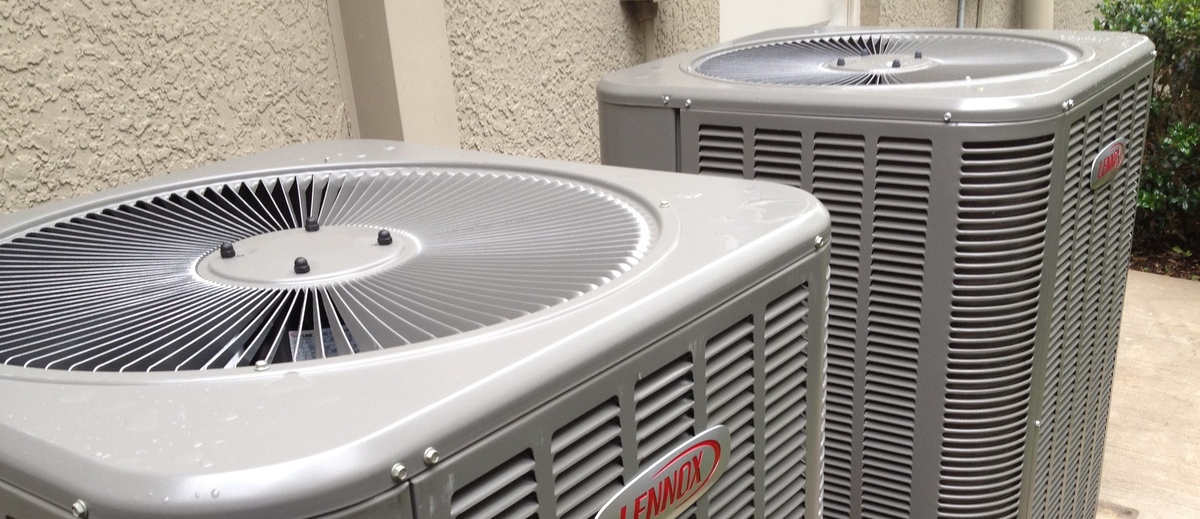


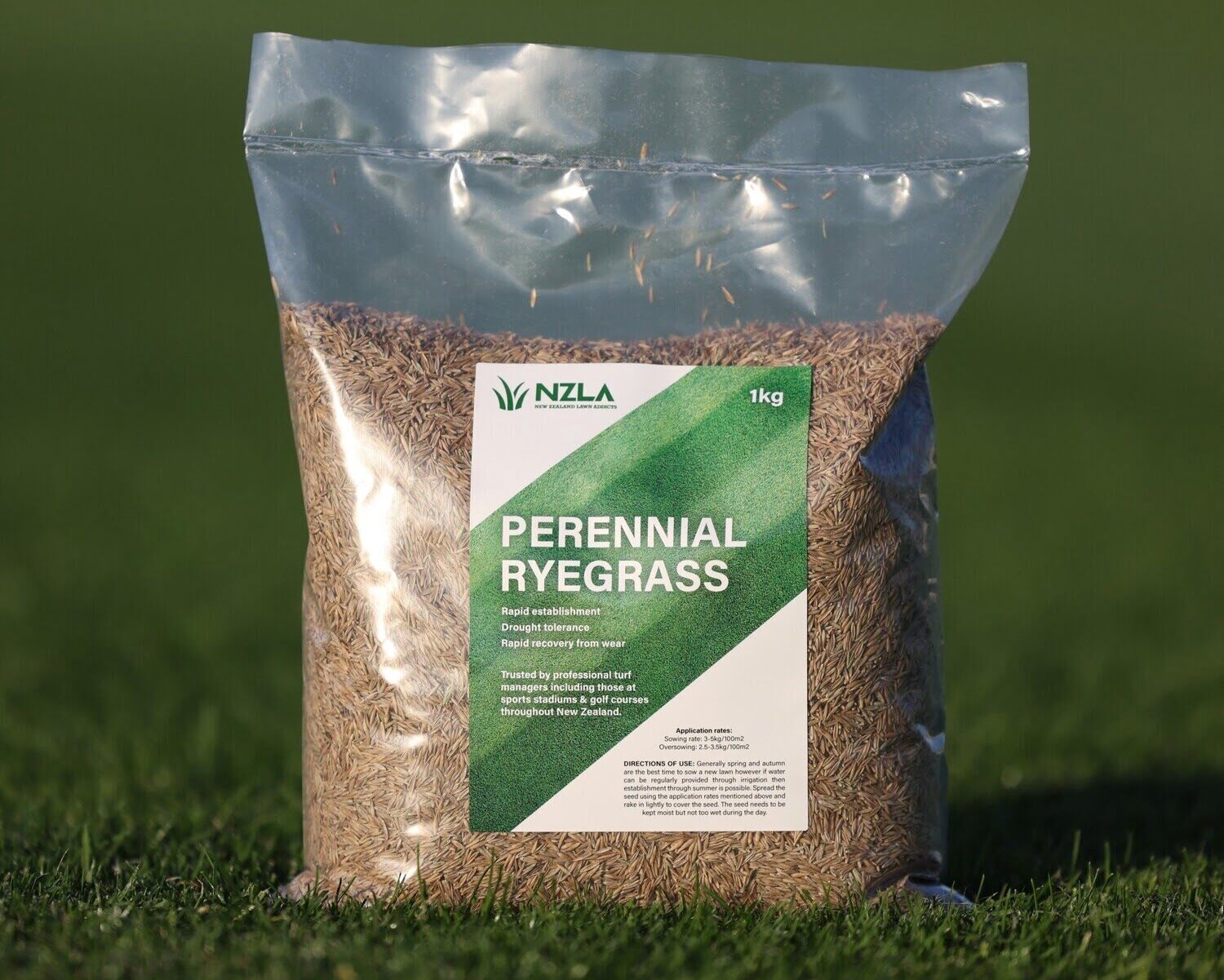
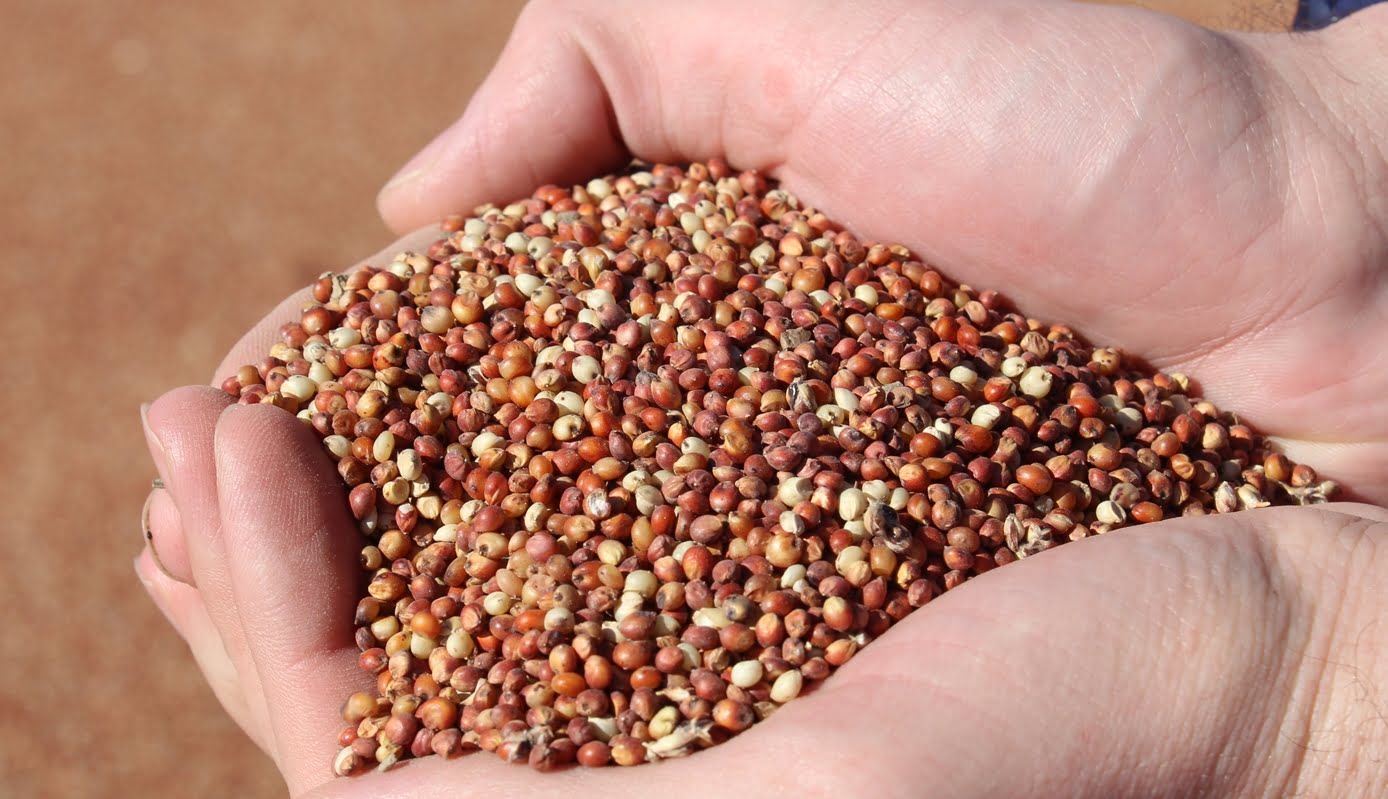

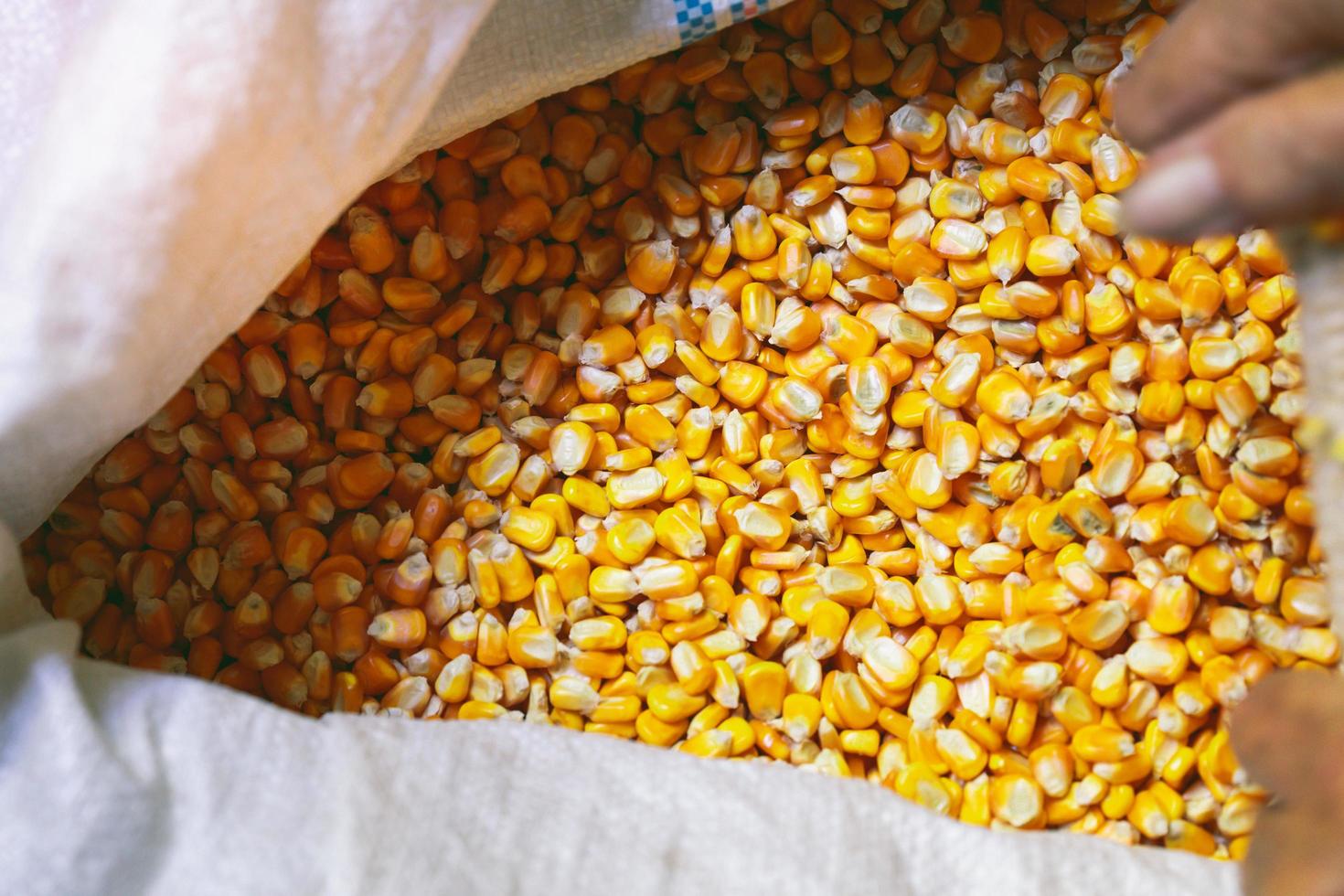
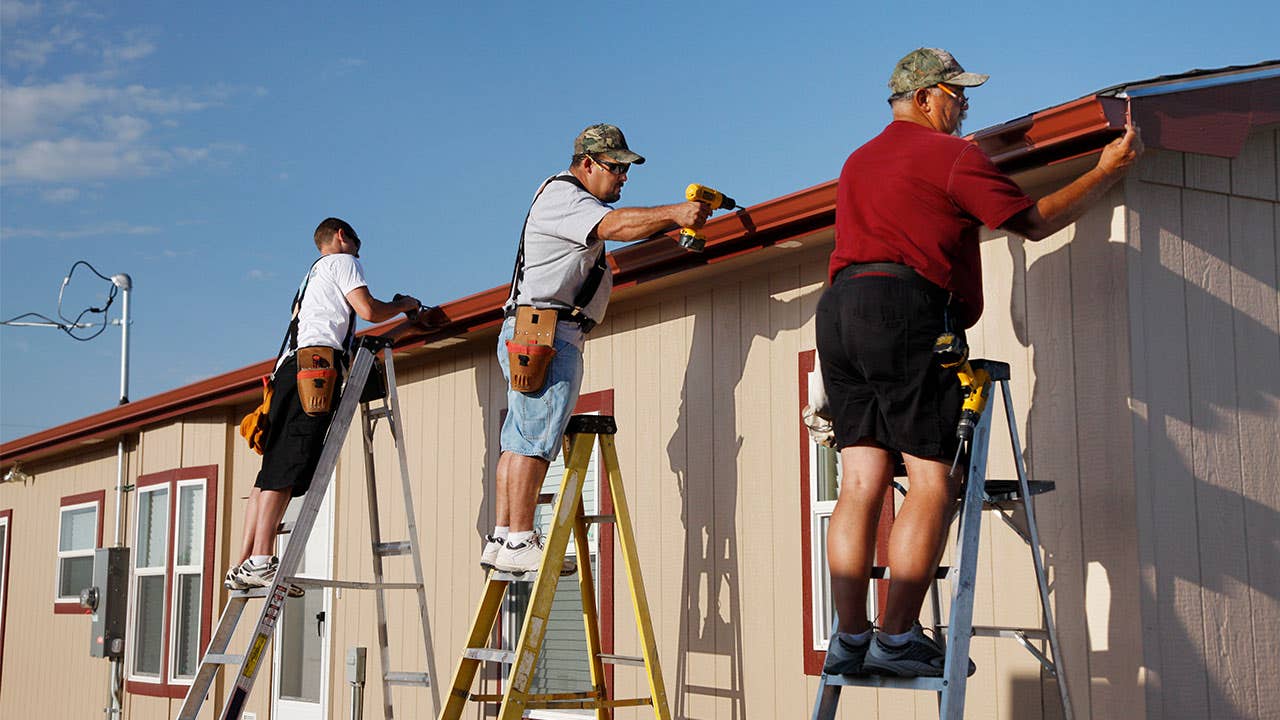
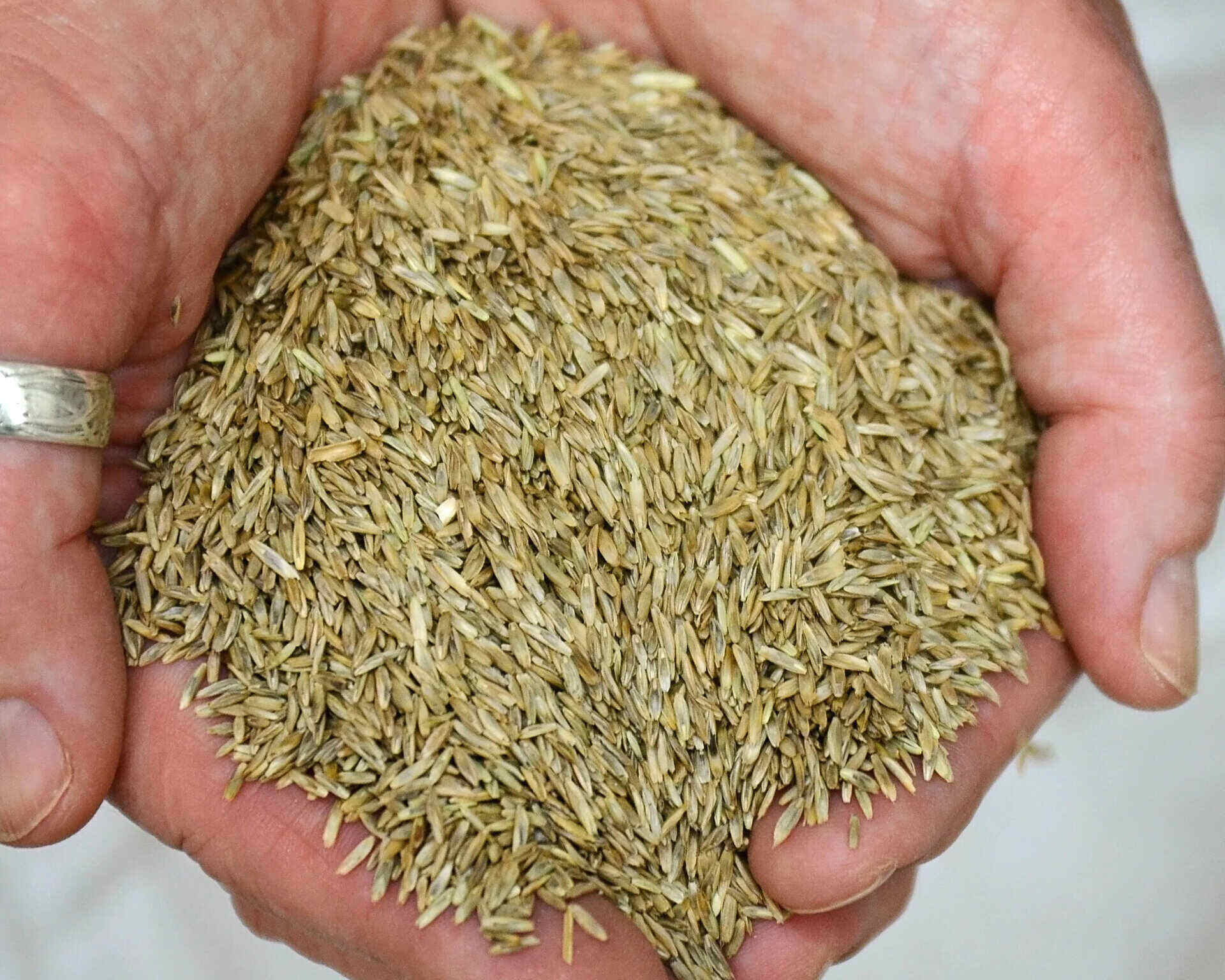
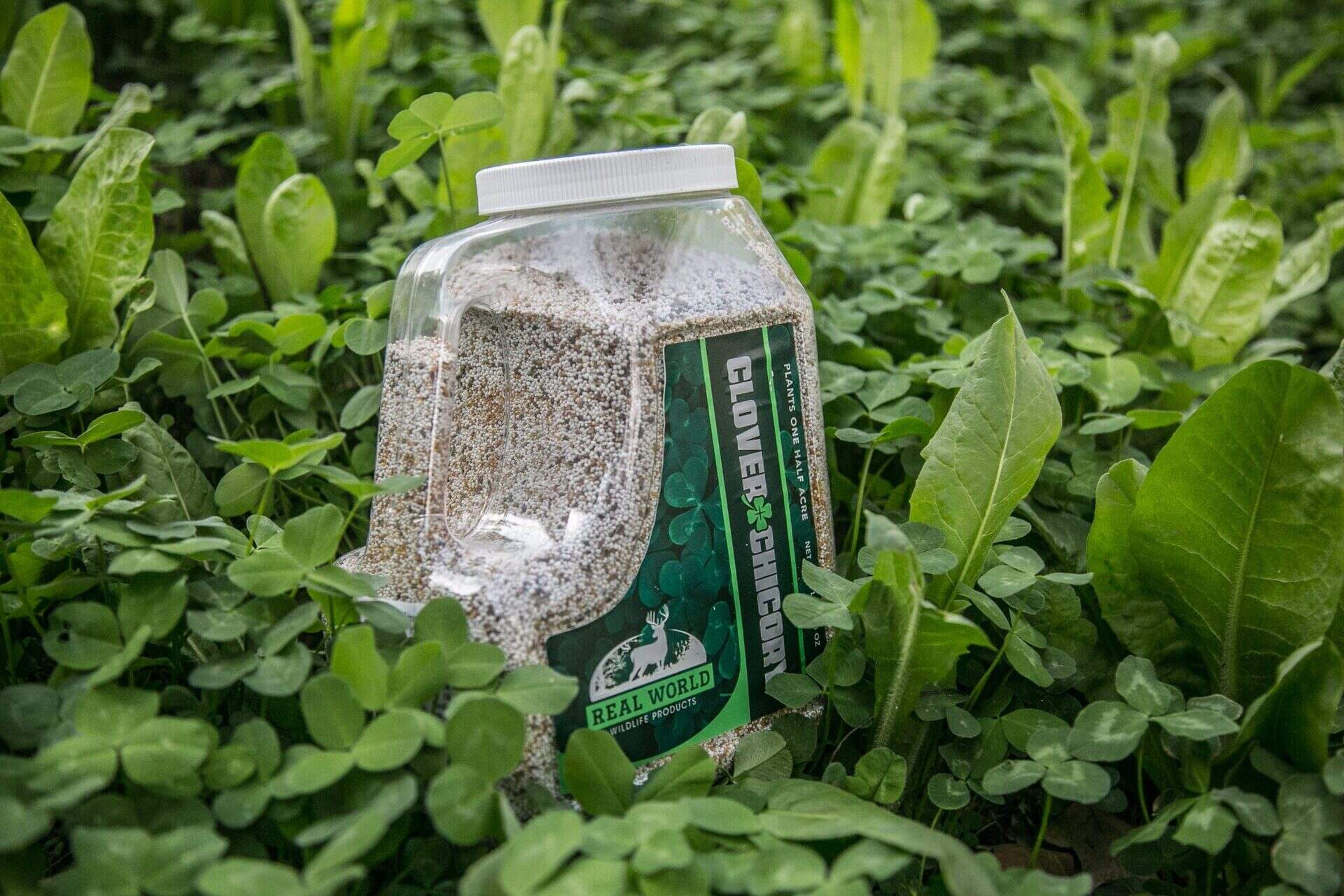


0 thoughts on “How Much Grass Seed Per Square Foot”